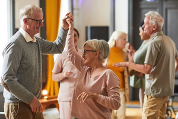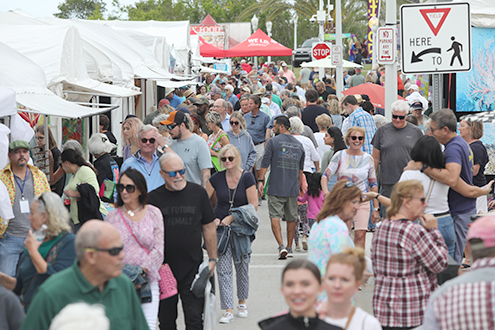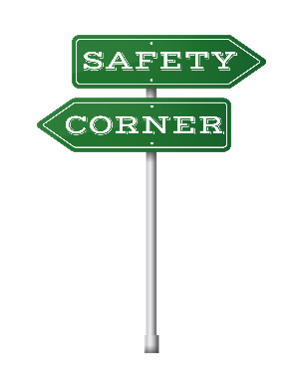
Did you know that you were made to move?
The human body is an incredible biological machine, designed to be efficient, powerful, and adaptive. Not some human bodies … ALL of them. As a matter of fact, for our bodies to function well, movement is a necessity.
Our bodies were not just made to move; they depend on movement to function at their highest level. Every system is wired for motion. Muscles contract not only to create strength and mobility, but also to assist the heart in circulating blood; the calf muscles are often called the “second heart” because their rhythmic contraction helps pump blood back up toward the chest. The lymphatic system, our internal sanitation and immune support network, has no pump of its own and relies entirely on movement and muscle contraction to circulate and clear waste. Even our joints are nourished through motion, as movement stimulates the flow of synovial fluid to keep cartilage healthy and resilient.
When we move, we breathe more deeply, oxygenate our tissues, regulate hormones, improve insulin sensitivity, and signal the nervous system that the body is alive, capable, and safe. Being sedentary is akin to being stagnate; in motion we heal, energize, and thrive!
Every time you move your body, a remarkable transformation occurs: your heart becomes stronger, your joints receive nourishment, your cells begin to repair themselves, and your mind finds its balance. This past month’s Living Well Longer Lunch & Learn focused on how simple, consistent movement can be one of the most powerful forms of medicine available to us.
As we age, we naturally lose muscle mass and coordination, a process known as sarcopenia. The less we move, the faster this decline occurs. However, the opposite is also true: frequent movement helps our bodies adapt wonderfully. Our nervous system learns, our muscles become stronger, and our balance improves in a phenomenon called “neuromuscular adaptation.” Even modest strength and balance exercises can significantly enhance how we walk, stand, and recover from daily challenges.
Photo 2
Movement benefits the body from the inside out. Each step, stretch, or squat sends healing signals in the form of myokines (signaling molecules) released by muscles that reduce inflammation, enhance brain function, and support immune health. Regular movement ensures that synovial fluid circulates through our joints, providing natural lubrication that helps protect cartilage and maintain comfort.
Beyond the physical aspects, movement affects every level of our biology. It enhances mitochondrial health, which is crucial for energy production within our cells, making us feel more vibrant and alert. Additionally, it helps eliminate senescent cells—those sluggish, “zombie-like” cells that contribute to aging and chronic diseases. Moving your body literally helps your cells remain youthful.
There’s also a vital rhythm to maintaining health: stress followed by rest. Whenever we challenge our bodies with a workout, a brisk walk, or a couple of minutes of stair climbing, we create positive stress, or hormesis. The key is to pair this effort with recovery, which includes rest, hydration, quality sleep, and balanced nutrition. This stress then rest dynamic enables athletes and everyday movers to develop resilience and strength.
If you’re unsure where to start, begin small. Functional medicine expert Dr. Casey Means recommends aiming for about 7,000 steps a day for longevity benefits, which is a realistic target for most adults. She also suggests standing or moving for at least two minutes every hour to counteract the negative effects of prolonged sitting. These short bursts of activity help maintain your energy levels and keep blood sugar balanced throughout the day.
For many, the understanding that these small actions have a significant impact is powerful! A 10-minute walk after meals, a few hip activating exercises between tasks, or light stretching can all lead to noticeable improvements in joint health, metabolism, and mood.
The takeaway is simple yet profound: Movement is not a form of punishment or penance for putting on a few pounds, it is what your body was meant to do! Consistent movement makes us feel better and enables our body to function as it was designed to.

The “Living Well Longer” series continues each month with new insights on building a healthier, more resilient life at every age. Whether you attend the sessions or follow along here in Between the Palms, remember: your next step might just be the most potent medicine you take today. The December 18 seminar will focus on “Fuel for Life: Nutrition for Longevity and Healing.” Join us at 11:30 a.m. in the Palms Dining Room for a healthy lunch and a fun, informative time. Remember to register on the Club Calendar.






